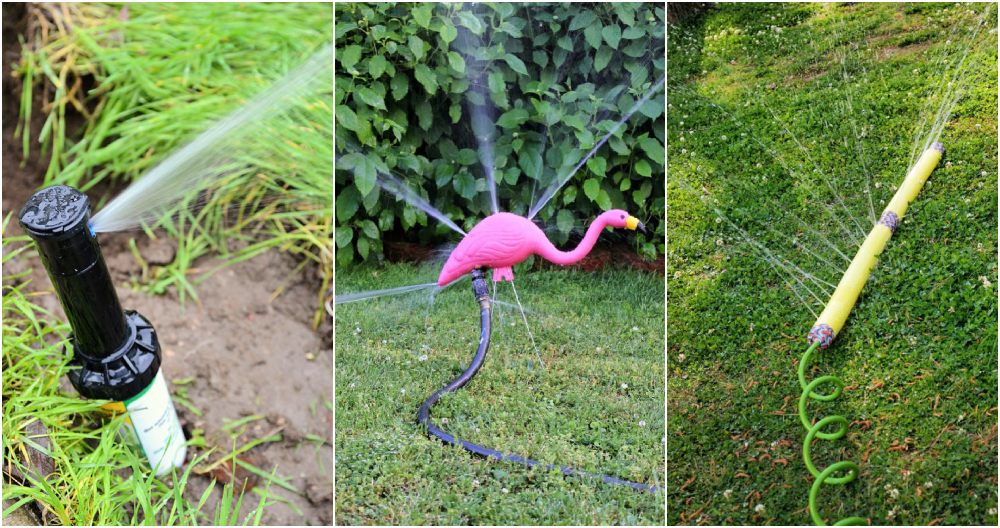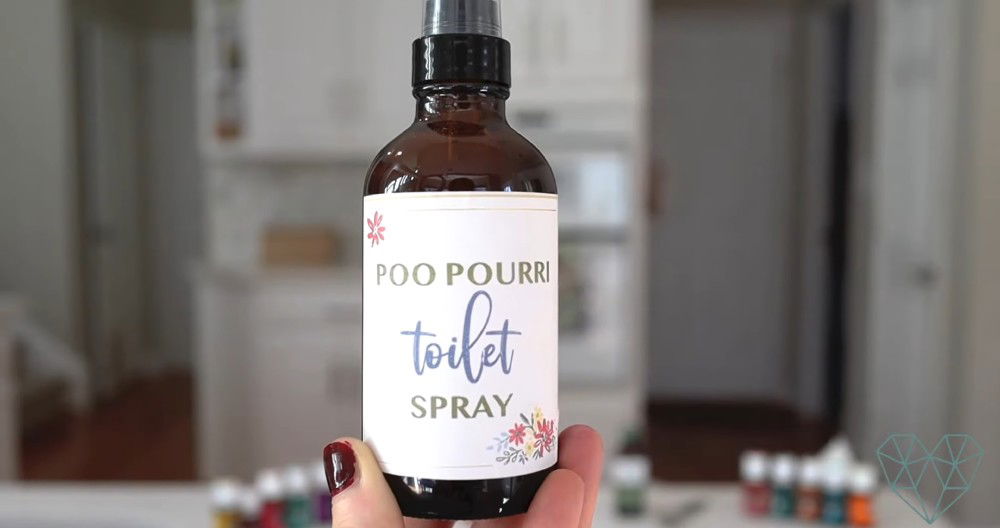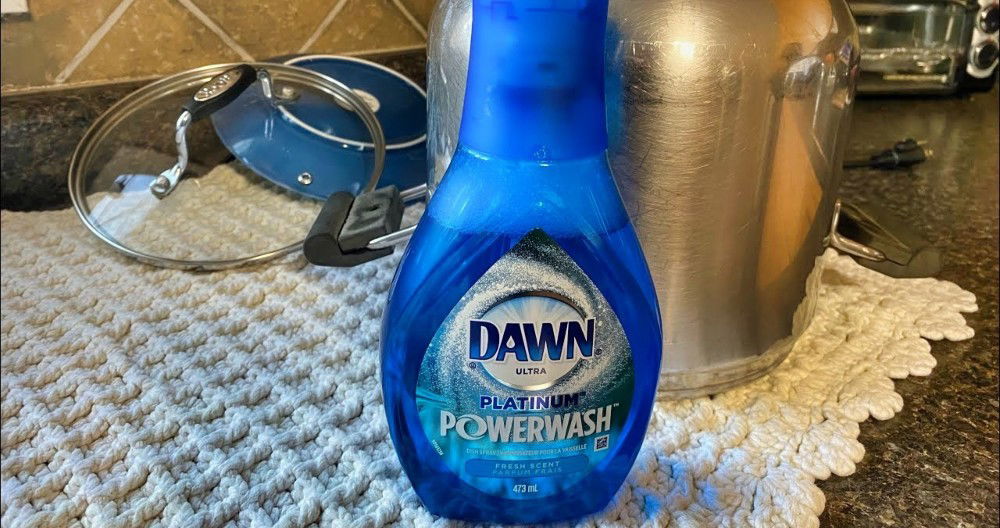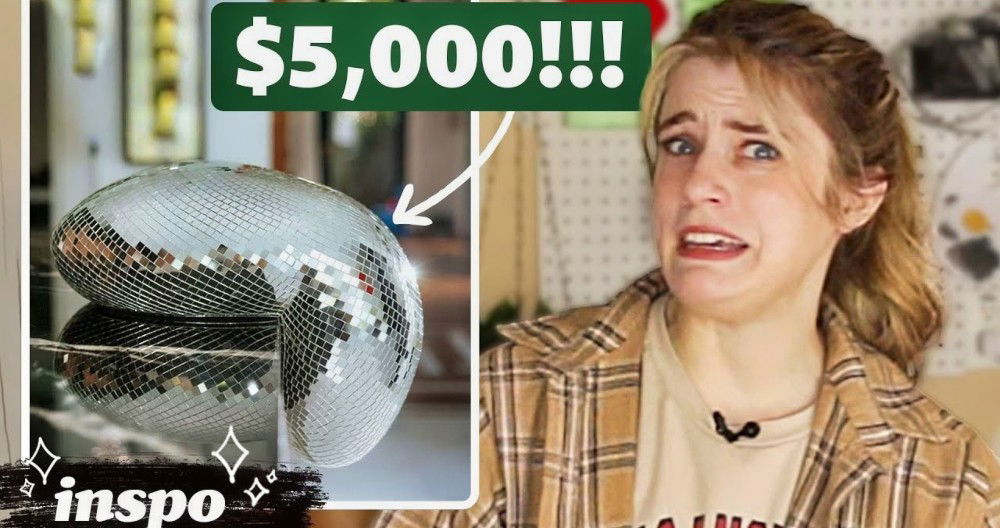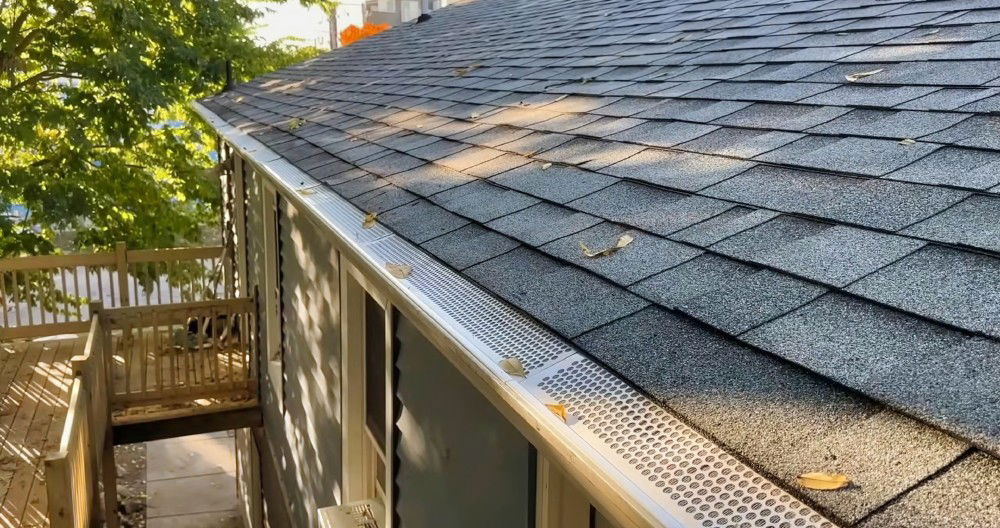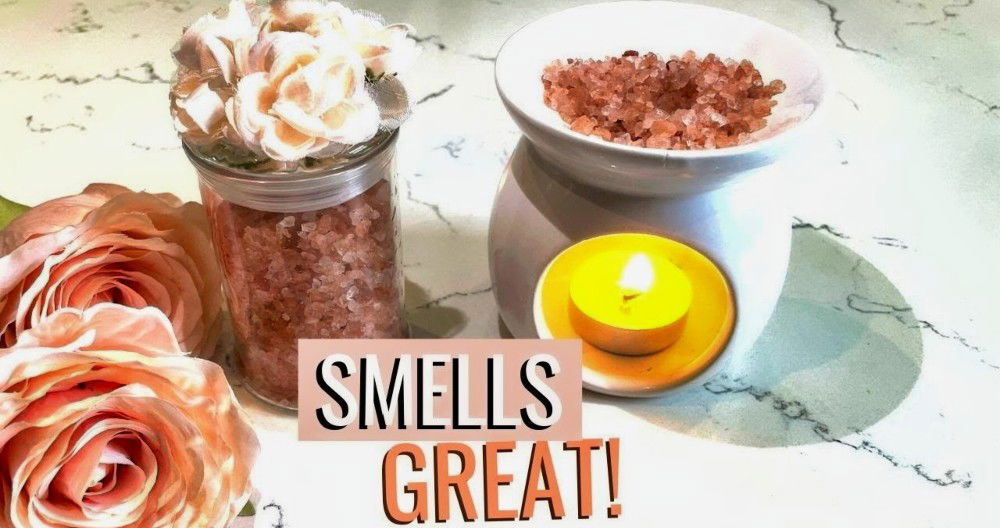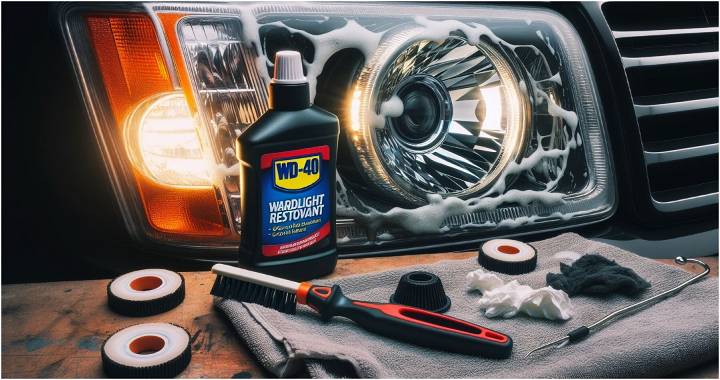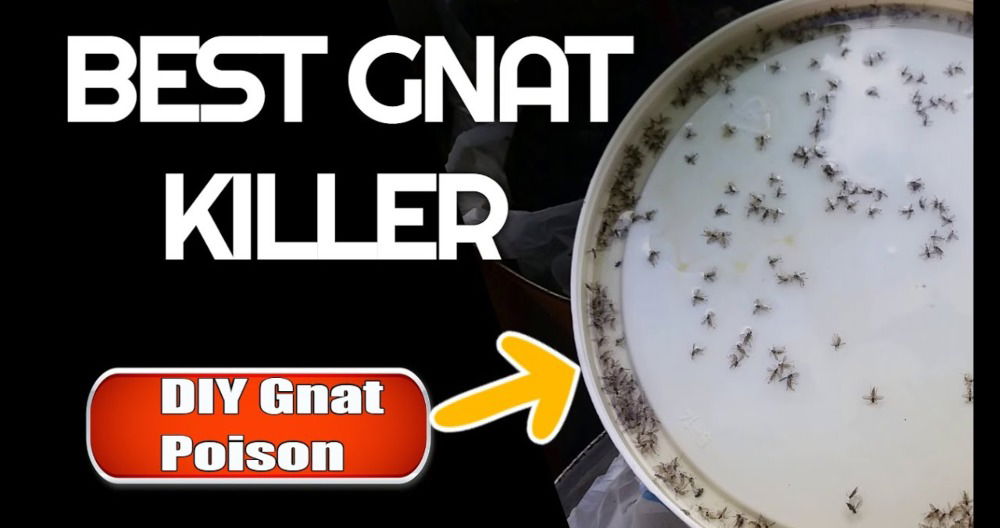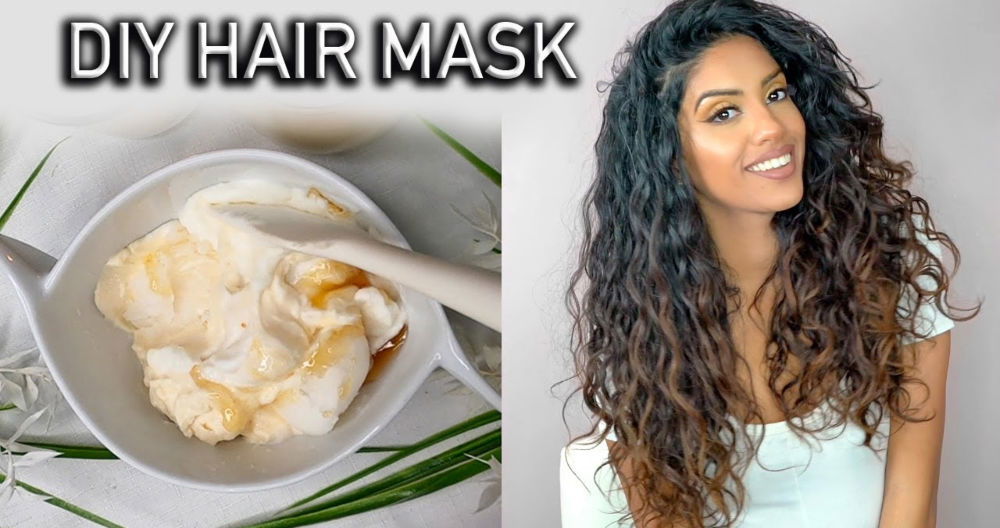In my pursuit of a more natural and budget-friendly lifestyle, I ventured into the world of DIY beauty projects, starting with the creation of my very own dry shampoo. Inspired by my growing concern over the ingredients found in commercial dry shampoos, I set out to craft a non-toxic alternative that would keep my hair looking fresh without the unwanted chemicals.
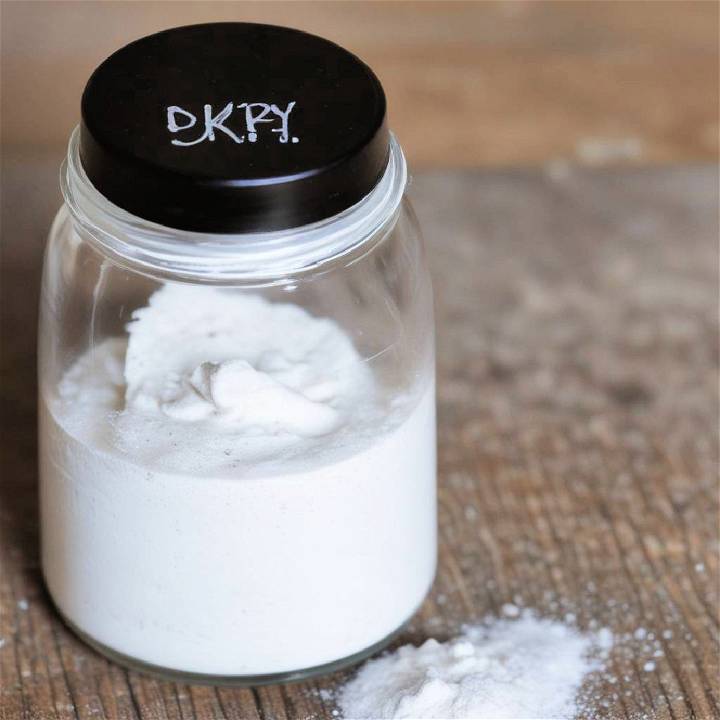
Why Make Your Own Dry Shampoo?
Before diving into the how-to, let me share why I decided to make my own dry shampoo. Upon researching, I discovered that many store-bought dry shampoos contain butane, isobutane, and propane—ingredients that certainly didn't align with my natural living goals. These are not components I wanted on my scalp or in my hair. So, the decision was clear: make a healthier, effective alternative.
What You'll Need:
Materials:
- Arrowroot Powder or Cornstarch: These are great for absorbing excess oil. I leaned towards arrowroot powder due to its finer texture, but cornstarch is a perfectly fine alternative.
- Bentonite Clay: Known for its toxin-removing properties, bentonite clay also helps in oil absorption, adding another layer of effectiveness to the dry shampoo.
- Cocoa Powder: This is optional, but for those with darker hair like myself, it helps the powder blend more naturally into our hair, avoiding the dreaded white cast.
- Essential Oils (Optional): I chose Rosemary for its hair growth benefits and Lavender for its scalp-soothing properties. Plus, they add a lovely scent!
- A Sealable Container: I used a glass mason jar to store my dry shampoo. It's practical and environmentally friendly.
- An Old Makeup Brush for application: This helps in precise application and prevents wasting the product.
Why These Materials?
The combination of these ingredients results in a dry shampoo that's not only effective at oil absorption but also benefits your scalp and hair health. The natural properties of bentonite clay and essential oils offer extra care that commercial products can't match.
Step-by-Step Guide to Making Your Dry Shampoo
- Mixing the Ingredients: Start by combining your arrowroot powder or cornstarch with the bentonite clay in a bowl. If you have darker hair, now is the time to add the cocoa powder until you reach a shade close to your hair color.
- Adding Essential Oils: If using, add a few drops of each essential oil to the powder mixture. This step is both for the health benefits they bring and for fragrance. Stir well to ensure even distribution.
- Transferring to a Container: Transfer the powder into your chosen sealable container once thoroughly mixed. A funnel can be handy here to minimize mess.
- Application: Using an old makeup brush, lightly dab the dry shampoo onto different sections of your hair, particularly focusing on the roots and any oily areas. Remember, a little goes a long way! Shake off any excess from the brush to avoid over-application.
- Styling: After application, use your fingers to massage the powder into your scalp gently. This helps in evenly distributing the product and removing any visible powder. You can then style your hair as usual.
Personal Insights and Tips
In my experience, making this dry shampoo has not only been a fun DIY project but a genuinely useful addition to my hair care routine. It's allowed me to extend the time between washes, all the while keeping my hair looking and feeling fresh.
A few tips I've learned along the way include:
- Start with small amounts of cocoa powder and gradually increase to match your hair color.
- Be mindful of the amount of essential oil; too much can be overpowering.
- Experiment with different ratios to find what works best for your hair type.
DIY Dry Shampoo for Different Hair Types
Making a DIY dry shampoo that caters to your specific hair type can be a game-changer in your hair care routine. Here's a guide to help you craft the perfect blend for your locks.
For Oily Hair
If you have oily hair, you'll need ingredients that effectively absorb excess oil. Here's a simple recipe:
- Ingredients: 1/4 cup arrowroot powder, 1 teaspoon baking soda, 2-3 drops of lemon essential oil.
- Method: Mix the arrowroot powder and baking soda. Add the lemon essential oil for a fresh scent and additional oil control.
- Application: Lightly dust the mixture onto your roots and brush through.
Tip: Arrowroot powder is excellent for oil absorption, while baking soda helps neutralize odors.
For Dry Hair
Dry hair requires a gentle touch to avoid further moisture loss.
- Ingredients: 1/4 cup arrowroot powder, 1 tablespoon of Moroccan argan oil.
- Method: Combine the arrowroot powder with argan oil until you get a crumbly texture.
- Application: Apply sparingly to the roots and massage gently.
Highlight: Argan oil nourishes your scalp and hair without weighing it down.
For Curly Hair
Curly hair can benefit from a dry shampoo that doesn't disrupt the curl pattern.
- Ingredients: 1/4 cup cornstarch, 1 tablespoon of cocoa powder (for darker hair).
- Method: Mix the cornstarch and cocoa powder thoroughly.
- Application: Sprinkle the mixture over your hair and fluff your curls to distribute.
Bold Move: Cocoa powder not only absorbs oil but also blends seamlessly with darker hair shades.
For Straight Hair
Straight hair often needs volume along with oil absorption.
- Ingredients: 1/4 cup rice flour, 1 teaspoon of baking soda.
- Method: Whisk together rice flour and baking soda for a fine, volumizing powder.
- Application: Dust it onto your roots and comb through for an added lift.
Key Point: Rice flour is lightweight and provides a natural boost to limp hair.
By customizing your DIY dry shampoo to your hair type, you can keep your hair looking fresh and fabulous without overwashing.
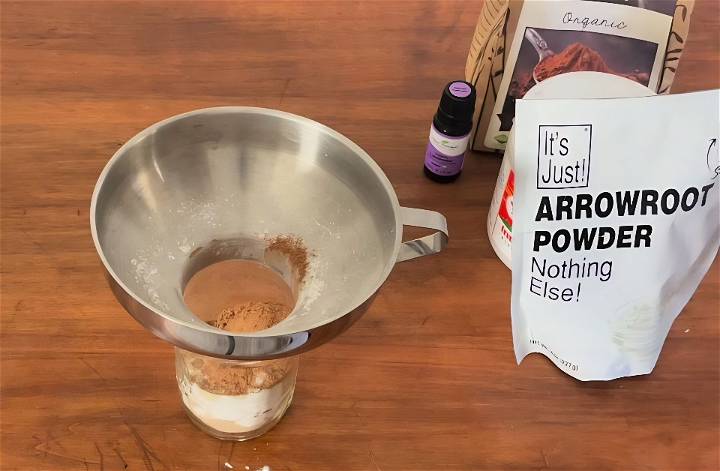
FAQs DIY Dry Shampoo
When it comes to DIY dry shampoo, there are always questions about its use, effectiveness, and safety.
How Does DIY Dry Shampoo Work?
DIY dry shampoo works by absorbing excess oil from your hair and scalp. The primary ingredient, usually a starch like arrowroot or cornstarch, soaks up the oil, leaving your hair looking cleaner and fresher.
Can I Use DIY Dry Shampoo on Colored Hair?
Yes, you can use DIY dry shampoo on colored hair. In fact, it can help extend the life of your color by reducing the frequency of washes. Just be sure to use ingredients that are gentle and free of harsh chemicals.
How Often Can I Use DIY Dry Shampoo?
While DIY dry shampoo is a great quick fix, it's not a replacement for regular washing. Use it for no more than two consecutive days to avoid buildup.
Will DIY Dry Shampoo Work for All Hair Types?
DIY dry shampoo can be customized for different hair types. For example, add cocoa powder for dark hair or a pinch of cinnamon for redheads to blend with your natural color.
Is DIY Dry Shampoo Safe for the Environment?
DIY dry shampoo is generally more environmentally friendly than aerosol alternatives. It's made with natural ingredients and doesn't require propellant gases.
How Do I Apply DIY Dry Shampoo?
To apply DIY dry shampoo:
- Sprinkle or brush a small amount onto the roots of your hair.
- Wait a few minutes for it to absorb the oil.
- Gently massage your scalp and brush your hair to distribute the shampoo and remove any excess.
What Should I Do If DIY Dry Shampoo Leaves a Residue?
If you notice a residue, it's likely you've used too much. Next time, use a smaller amount. You can also blow-dry your hair in a cool setting to help remove excess powder.
Closing Thoughts: Embracing the DIY Approach
Making my own dry shampoo has been a rewarding journey. Not only have I maked a product that's tailored to my needs, but I've also taken a step further in living more sustainably and healthily. If you're on the fence about trying your hand at homemade beauty products, I encourage you to give it a go. It's simpler than you think, and the benefits are well worth it.



